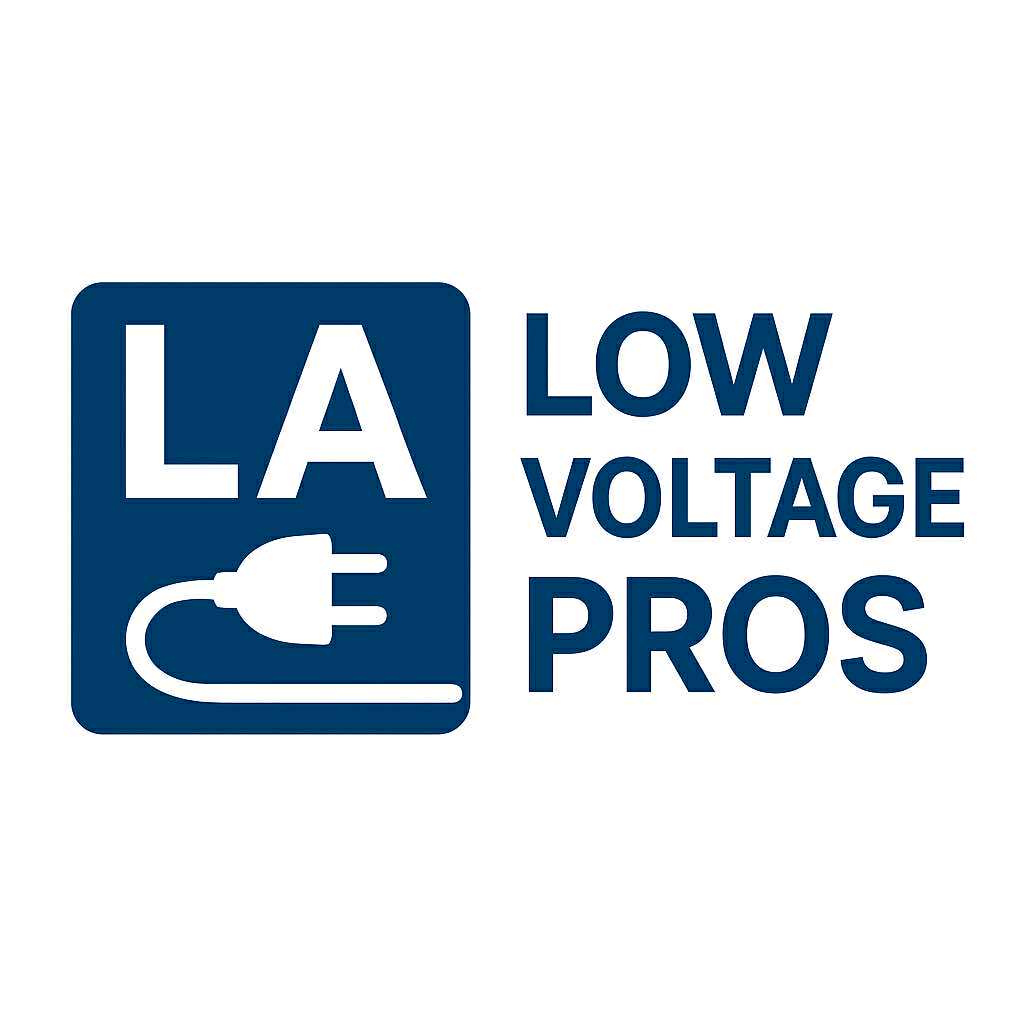Structured Cabling Services in Los Angeles: Everything You Need to Know
In today’s fast-paced business environment, a reliable and well-organized network infrastructure is essential. Structured cabling services form the backbone of any office, commercial building, or data center. For businesses in Los Angeles, investing in professional structured cabling ensures optimal performance, flexibility, and scalability for both current needs and future growth. This blog will explore what structured cabling is, its components, benefits, and why professional installation matters.
What Is Structured Cabling?
Structured cabling refers to a standardized approach to installing and managing a building’s cabling system. Unlike traditional point-to-point cabling, structured cabling organizes cables in a systematic way, making it easier to manage, troubleshoot, and expand. It is used for data, voice, video, and other network communications within offices, commercial spaces, and industrial facilities.
Structured cabling typically follows industry standards, ensuring consistency and reliability across the network. This setup supports multiple hardware uses and allows businesses to adapt to technological changes without overhauling the entire system.
Core Components of Structured Cabling
A well-designed structured cabling system has several critical components:
- Horizontal Cabling – Connects workstations to the nearest telecommunications room using copper or fiber optic cables.
- Backbone Cabling – Links telecommunications rooms, equipment rooms, and data centers. It is crucial for maintaining high-speed data transmission across floors or buildings.
- Patch Panels – Central points for connecting and organizing network cables. Patch panels simplify management and troubleshooting.
- Racks and Enclosures – House servers, switches, and patch panels securely, keeping equipment organized and accessible.
- Cabling Pathways – Includes conduits, trays, or raceways that protect and route cables efficiently.
Benefits of Structured Cabling
Investing in structured cabling offers numerous advantages for businesses:
- Improved Network Performance – Structured cabling reduces congestion and interference, ensuring consistent data transfer speeds.
- Scalability – Businesses can easily add new devices or expand network coverage without rewiring the entire system.
- Simplified Maintenance – Organized cabling makes troubleshooting and repairs faster and more efficient.
- Cost Efficiency – Although initial installation costs may be higher, structured cabling reduces long-term maintenance and downtime expenses.
- Future-Proofing – Compliant with industry standards, structured cabling supports emerging technologies like VoIP, cloud computing, and high-speed internet.
Types of Structured Cabling Systems
Structured cabling comes in several types to accommodate different needs:
- Category 5e (Cat5e) and Category 6 (Cat6) – Commonly used for Ethernet networks in offices and commercial spaces.
- Category 6A (Cat6A) and Category 7 (Cat7) – Provide higher speeds and reduced crosstalk for high-performance networks.
- Fiber Optic Cabling – Offers faster transmission and longer distance capabilities, ideal for data centers and large commercial buildings.
- Coaxial Cabling – Often used for video surveillance and cable television systems.
Installation Best Practices
Professional installation is critical for maximizing the efficiency and lifespan of a structured cabling system. Best practices include:
- Site Survey – Evaluating the building layout, existing infrastructure, and network requirements.
- Proper Labeling – All cables and ports should be clearly labeled for easy identification.
- Cable Management – Using pathways, racks, and ties to prevent tangling and reduce wear.
- Testing and Certification – Ensuring that every cable meets performance standards and functions correctly.
- Compliance with Standards – Following TIA/EIA and ISO/IEC cabling standards for consistency and reliability.
Common Misconceptions About Structured Cabling
Many business owners assume that simple network cabling is sufficient for office operations. However, structured cabling provides significant advantages in speed, reliability, and long-term cost savings. It is not merely a wiring setup but a strategic investment in business operations and efficiency.
FAQs About Structured Cabling
Conclusion
Structured cabling is a critical investment for any business in Los Angeles looking to ensure reliable, scalable, and future-proof network infrastructure. It goes beyond simple wiring, providing a systematic solution that improves network performance, reduces downtime, and supports evolving technological needs. By understanding the components, benefits, and best practices of structured cabling, business owners can make informed decisions to strengthen their network infrastructure and support long-term growth.
